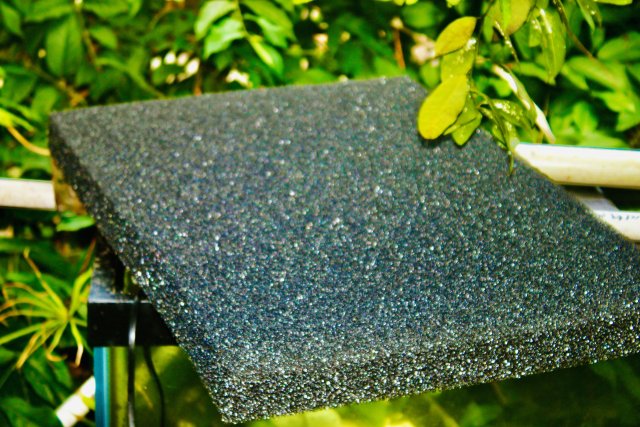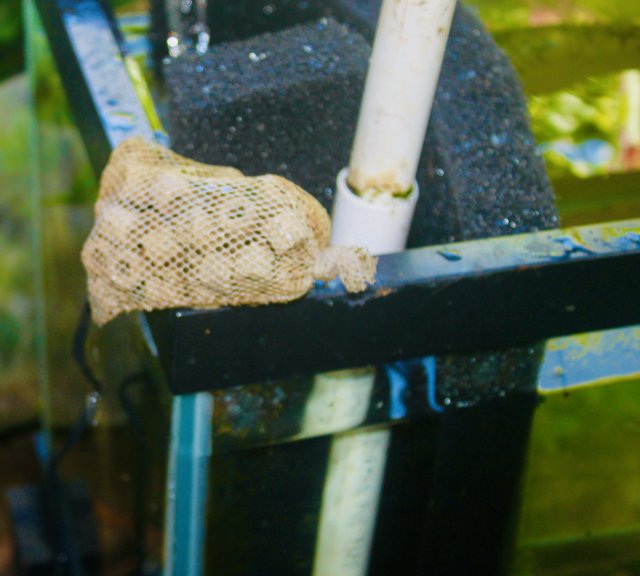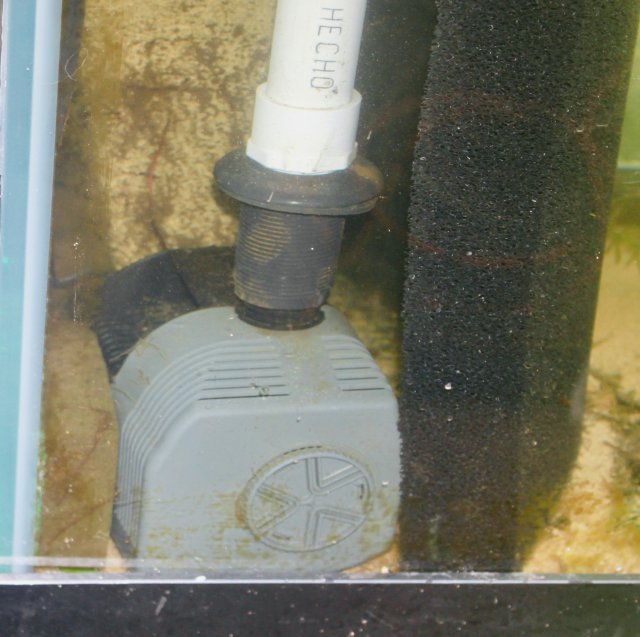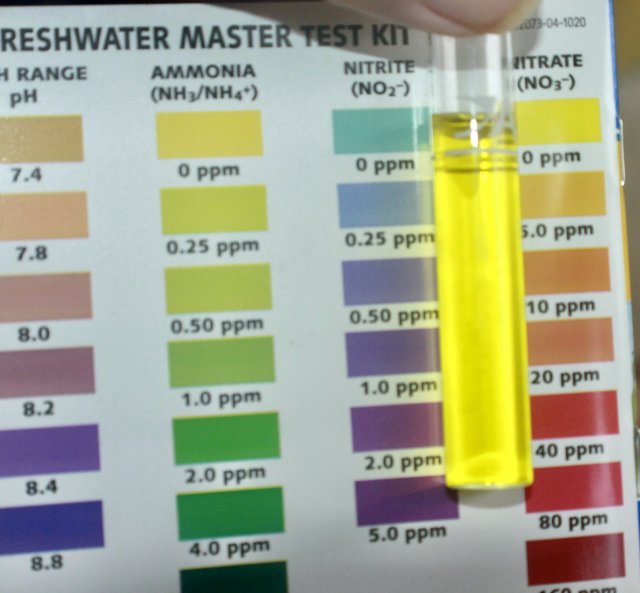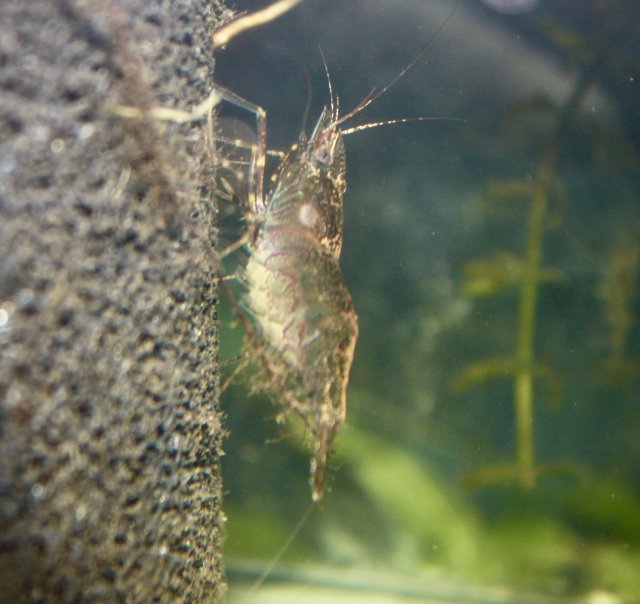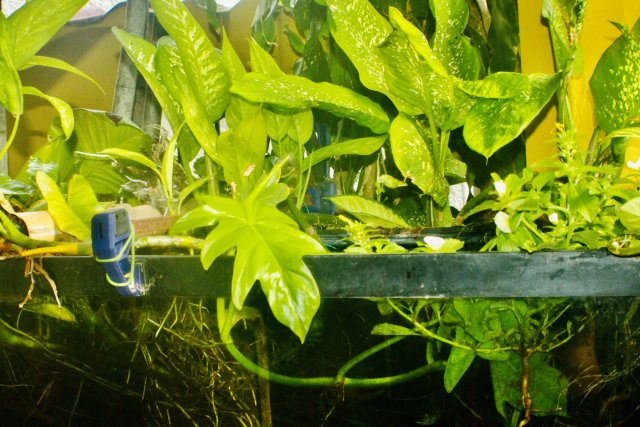I've got a couple tanks that have these baskets in them. In my pea puffer tank the nitrates are not registered on an api kit after 8 weeks of no water changes. I top it off only. Every 6-8 weeks I clean the glass really good and do a 30% ish water change. Another tank grow out for neolamprologus meeli fry 10g the basket is very small and if I don't do a wc weekly nitrates get to high 20ppm +. Is this scientific? Not at all. Do I think it works when done properly? Possibly. Leaning towards yes. I have one in my fahaka tank also seems to be keeping nitrates low to non-existent for prolonged periods of time. I do more maintenance on the fahaka tank though as it's very messy, but two weeks shows zero. Most of my tanks have plants of some type none are lushly planted as I kill plants. All will develop algae. So it isn't stopping that from happening. But I don't think it's enough algae to remove all of the nitrate. Again I said not really scientific.
For the record I don't like "Dr" Novak like someone else said seems kind of used car salesman. I don't have the extreme dislike I have for some other youtube personalities for him either. I think he brings up stuff that doesn't need brought up and seems a little disingenuous at times.
I can tell you my pond even with all the plants growing out the top and my mixed up 75g with plants also growing out the top need weekly waterchanges to keep the nitrate below 20ppm no baskets in either one.
I plan on setting up two 125s with baskets. I was thinking of setting one up with one without but I don't have the stocking densities of equal proportions to really make a good study of it.
For the record I don't like "Dr" Novak like someone else said seems kind of used car salesman. I don't have the extreme dislike I have for some other youtube personalities for him either. I think he brings up stuff that doesn't need brought up and seems a little disingenuous at times.
I can tell you my pond even with all the plants growing out the top and my mixed up 75g with plants also growing out the top need weekly waterchanges to keep the nitrate below 20ppm no baskets in either one.
I plan on setting up two 125s with baskets. I was thinking of setting one up with one without but I don't have the stocking densities of equal proportions to really make a good study of it.






